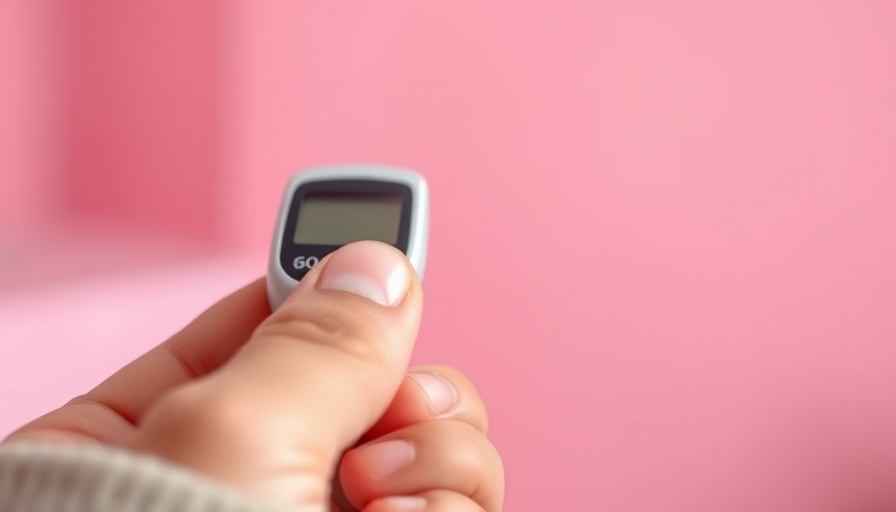
Why 150 Minutes of Exercise Matters for Prediabetes Reversal
Recent research suggests that men aged 35-55 can significantly impact their health by simply dedicating 150 minutes a week to exercise. This revelation is particularly vital for those at risk of prediabetes, a condition affecting nearly 35% of American adults.
Exercise, in any form, has been shown to enhance insulin sensitivity, enabling the body to better regulate blood sugar levels. With just over two hours of physical activity spread throughout the week, you can create a sustainable fitness routine that not only promotes weight loss but also strengthens your overall vitality. Imagine the transformative effects of walking briskly, cycling, or participating in a fitness class just thrice a week—this simple adjustment can lead to significant health improvements.
Bridging the Gap: How Exercise Improves Mental Well-Being
Exercise is particularly beneficial not only for the body but also for mental health. For busy professionals who might be juggling work and personal responsibilities, engaging in physical activity can significantly reduce stress and anxiety levels. According to the American Psychological Association, regular exercise boosts mood through the release of endorphins, the body's natural feel-good hormones. As you incorporate a workout routine into your schedule, consider it as more than just physical health—it's an investment into your mental well-being too.
A Real-Life Success Story: The Power of Routine
Take, for instance, the story of Michael, a 42-year-old project manager from Atlanta. Struggling with the early stages of prediabetes and feeling overwhelmed by his busy lifestyle, he sought an effective solution. By simply tracking his activities and incorporating 30 minutes of exercise five times a week—whether lifting weights or engaging in outdoor sports—he witnessed a remarkable turnaround in his health markers. His blood sugar levels stabilized, and he dropped several pounds, all while enjoying his newfound sense of energy and focus at work.
Adjustments to Everyday Life: Practical Tips
For those beginning their journey toward a healthier lifestyle, it’s essential to find a balance that works amid daily demands. Here are a few actionable tips to incorporate into your routine:
- Break It Down: Consider splitting your workout into shorter segments. Even three 10-minute walks can accumulate to meet your weekly goal.
- Choose Enjoyable Activities: Whether it's playing basketball with friends, taking a swim, or riding a bike, stick to activities you love.
- Set Hygge Goals: Create an inviting workout environment at home or find a local fitness community. Enjoyable settings can lead to consistency and better results.
The Future of Your Health: Understanding the Risks
While reversing prediabetes might seem like a distant goal, understanding its risks is crucial. Left unchecked, prediabetes can lead to Type 2 diabetes, a chronic condition that can significantly impact your quality of life. Regular exercise is a proactive measure against this risk. By adhering to a fitness regimen, you're not just reversing health issues; you're also enhancing your longevity and quality of life.
Your Move: Taking Charge of Your Health Journey
As you take these insights to heart, remember that your health is a journey that begins with small, meaningful steps. Consider integrating 150 minutes of exercise into your life, not merely as a task but as an exciting challenge that brings about transformative health benefits. Not only can this routine help you manage weight and insulin levels, but it's also a pathway to greater mental clarity and emotional resilience.
Start today! As you progress toward this healthier version of yourself, you’ll realize the powerful connection between physical activity and overall well-being. Share your goals with a friend to stay motivated or consult with a health professional for personalized advice. Your health is an ongoing story—let’s make it an inspiring one.
 Add Row
Add Row  Add
Add 




Write A Comment